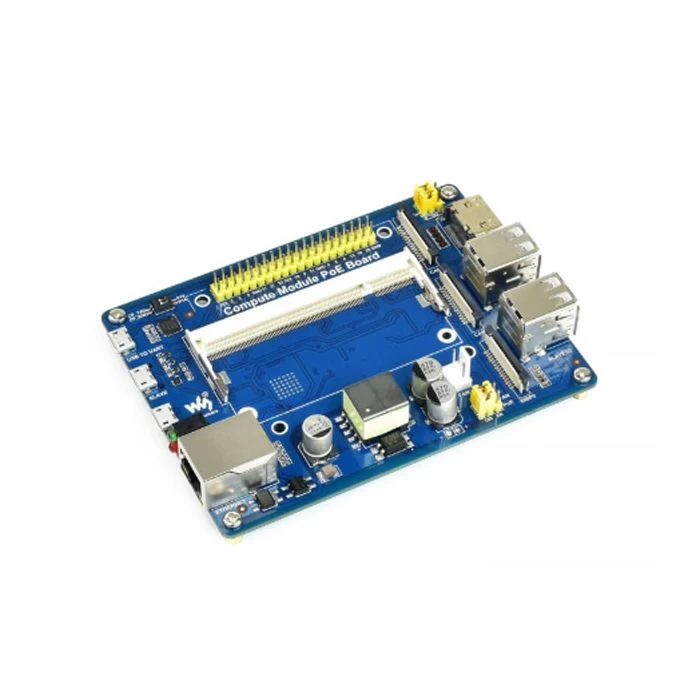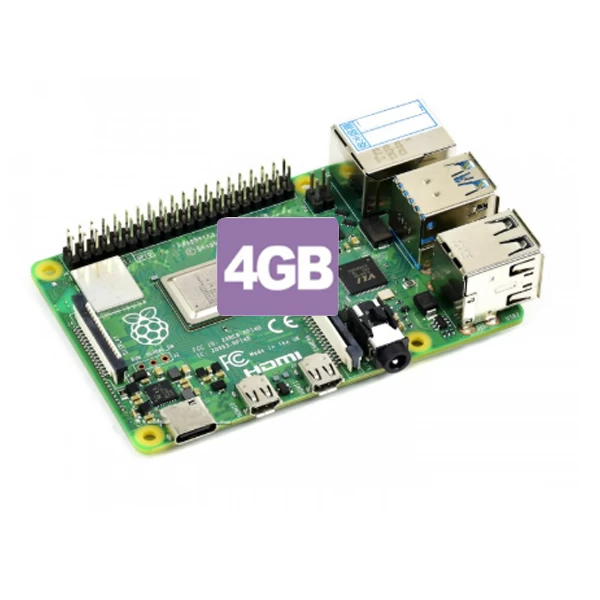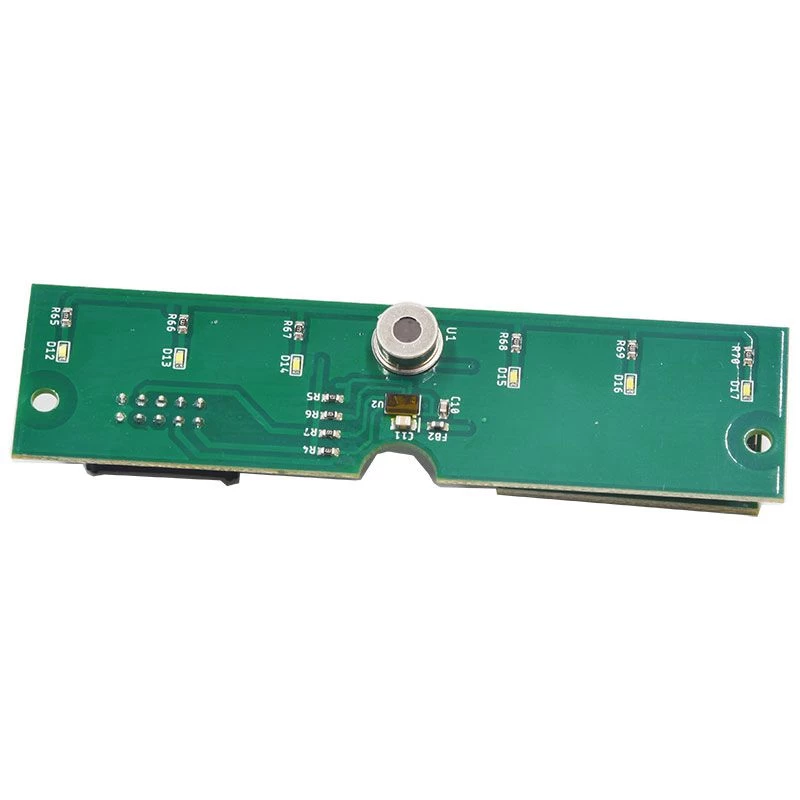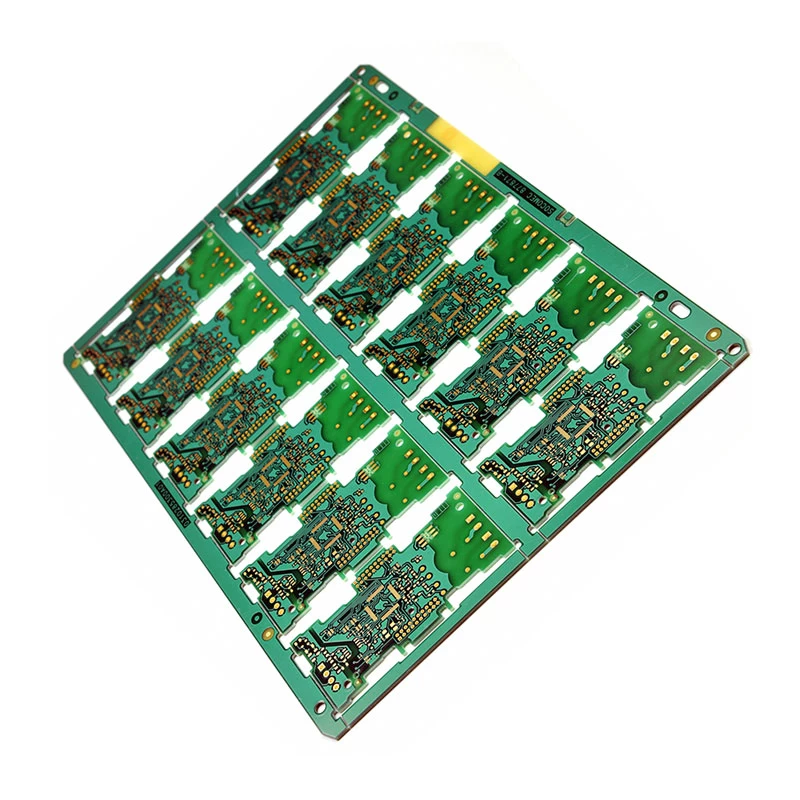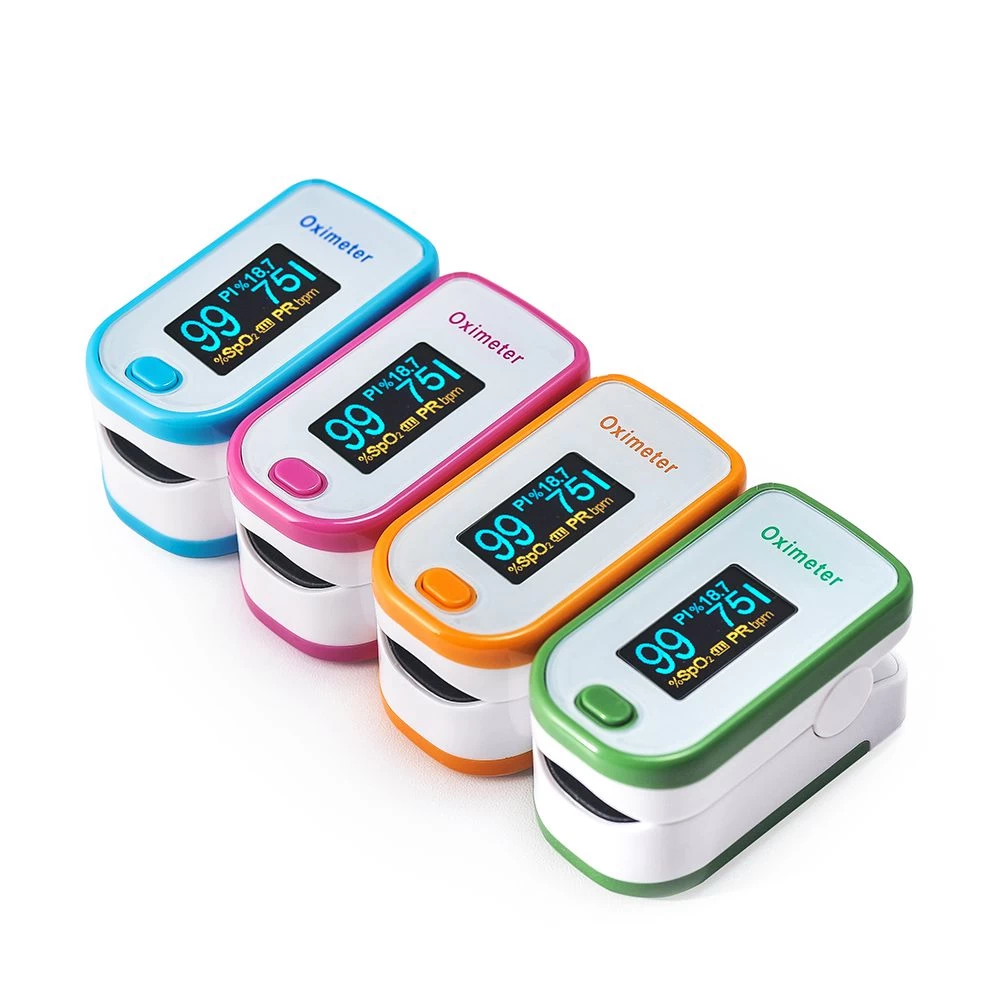Diagnosis and treatment of common poor printing
Cause: The blade pressure is insufficient, the blade angle is too small, the plate opening is too large, the PCB PAD size is too small (compared with the data in GEBER FILE), the printing is misaligned, the printing machine SNAP OFF setting is unreasonable, and the PCB is bonded to the steel plate. Not tight, the viscosity of the solder paste is insufficient, and the bottom of the PCB or steel plate is not clean. Double-layer Aluminum Based PCB.

Solder paste collapsed solder paste powder: poor formation of solder paste on PCB, collapse or chalking
Cause: There is too much solvent in the solder paste, too much solvent is wiped at the bottom of the steel plate, the solder paste is dissolved in the solvent, the wiping paper is not rolled, the quality of the solder paste is poor, the PCB is printed in the air for too long, and the PCB temperature is too long. Multilayer PCB manufacturer china.

Tin cream tip (dog ears): the plate opening is not smooth, the plate opening size is too small, the demoulding speed is unreasonable, the PCB solder joint is contaminated, the solder paste quality is abnormal, and the steel plate is not cleaned.
Shaoxi: insufficient amount of solder paste on the board. Single PCB manufacturer china.

Reason: The size of the steel plate opening is unreasonable, the steel plate plug hole, the steel plate is dirty, and the demolding speed is unreasonable.
Understanding of the bad phenomenon of incoming soldering
Component reluctance recognition
1) Phenomenon: Metal tin is all retained on the surface of PCBPAD, forming an arched surface. There is no metal tin climbing on the tin surface of the part.
2) Classification according to the cause of parts reflow














